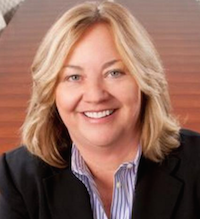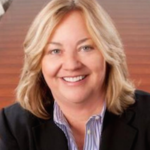
Nearly 16 years ago, researchers from the University of Missouri–Columbia made a powerful yet not altogether surprising statement: “Dissatisfaction with the care of older adults is widespread in the United States among consumers, providers, family caregivers and care providers.”
Across the board, many were unhappy with the care older adults receive. But the eldercare industry has made many positive strides when it comes to the care of older adults. Significant improvements have been made, and we have an opportunity to do even more by addressing these challenges:
- Older adults have acute and chronic illnesses with which they must contend. According to the National Council on Aging, 92% of older adults have a least one chronic illness.
- Negotiating the complex healthcare system is extremely difficult for caregivers and older adults. Billing often is difficult to understand, and it’s not always clear whether referrals are needed to see a specialist.
- Multiple healthcare providers in different locations have difficulty achieving effective care coordination.
Come together, right now
What if we brought the healthcare to them in a single location? Seniors and their caregivers wouldn’t have to run around town to receive quality health services or move to and from different facilities in an attempt to deal with their health issues. One way we can reduce the overall dissatisfaction with elder care is by bringing it all together in one place, creating a “second home.”
A hybrid approach we’ve found promising brings together affordable housing, allowing older adults to age in place, and PACE (Program of All-inclusive Care for the Elderly) healthcare services. The housing is separate from PACE, however both are close, making the time and transportation issues nonexistent.
The University of Missouri–Columbia researchers discuss a similar notion, that “people will not have to move from one level of care delivery to another as their healthcare needs increase. Frail older adults will have the opportunity to ‘age in place.’ ”
The idea remains relevant, perhaps even more so today, as the population of older adults continues to grow around the world. Aging in place and healthcare are inextricably tied.
PACE provides many services under one roof to dual-eligible beneficiaries. A participant can spend as much or as little time at a PACE center as he or she desires. When they do take advantage of the program, participants receive many benefits, including:
- Medical care
- Dental care
- Pharmacy
- Rehabilitation services
- Meals
- Transportation
- Socialization
- Activities
Provided through the Centers for Medicare & Medicaid Services, PACE is an exceptional option for older adults who desire to age in place and need to receive regular healthcare services. One of the most important aspects of PACE is the care coordination, which is made possible because all services are provided by one care team. In addition, the healthcare provider can facilitate the relationship between the patient/resident and the insurer by navigating the healthcare system and providing truly coordinated care. It’s difficult and a lot of work, but possible and very beneficial to families, caregivers and the older adult.
PACE helps older adults age in place while relieving the stress and dissatisfaction inherent in a fragmented healthcare system. Whether an older adult, family caregiver, physician, healthcare provider or friend, all likely will find PACE is an opportunity to assist older adults in their desire to age in place and improve the overall satisfaction with the care of this population.
Maureen Hewitt is resident and CEO at InnovAge, a Denver-based provider of health and wellness services for older adults living in California, Colorado and New Mexico. She has more than 20 years of leadership experience at for-profit and nonprofit healthcare organizations.




